Dravidian languages were once more prevalent across the Indian subcontinent before the diffusion of Indo-Aryan languages
Following the decline of the Harappan Civilization, the invading Aryans established 16 Aryan kingdoms. Legend holds that Bharata, Rama’s half-brother, expanded his influence to the Gandhara kingdom, founding the city of Taxila. This region, Gandhara, held proximity to the Kekeya Kingdom, the ancestral realm of Bharata’s mother, Kaikeyi. Meanwhile, Lakshmana, Rama’s brother, is credited with founding Lakshmanapura along the banks of the Ganges, now known as Lucknow. Additionally, he purportedly colonized the Vanga kingdom (Bengal), establishing the city of Chandrakanta there. Satrughna, Rama’s youngest brother, is said to have cleared the forest, infested with tribal people, whom they considered demons, founding the city of Mathura, which later became the capital of the Surasena Kingdom. Moreover, a contingent of Kosala kings wielded influence in Madhya Pradesh.
One could infer that Marathi, Gujarati, Marwari, and Sindhi exhibit Dravidian linguistic traits, albeit with significant lexical borrowing from Aryan languages
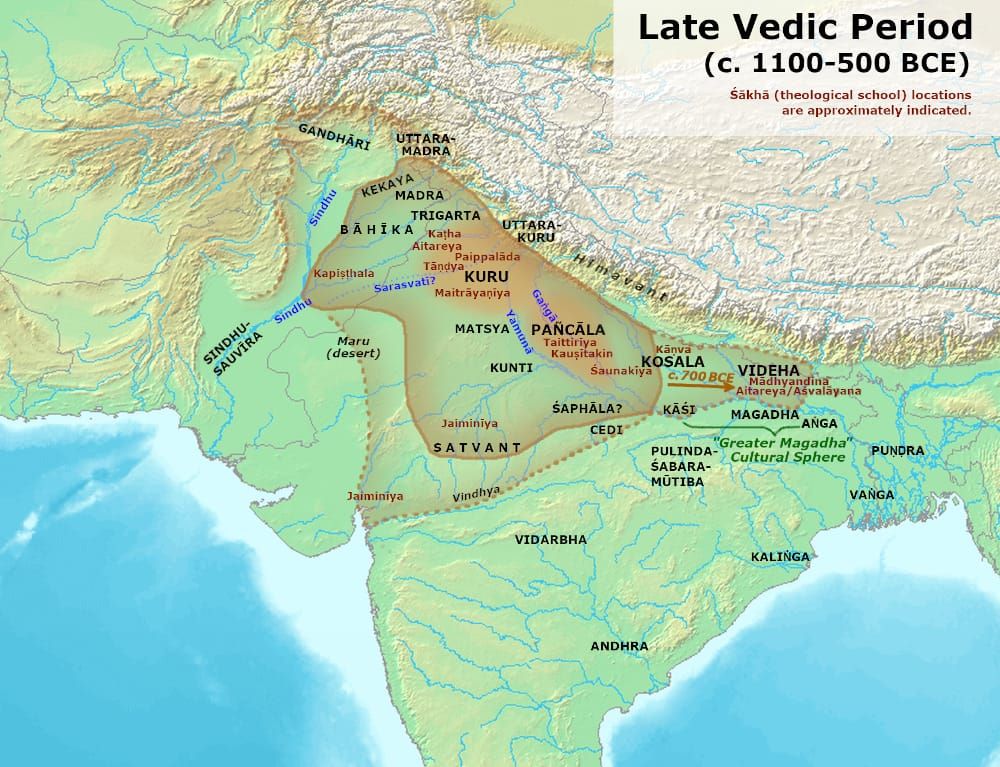
From this narrative, it’s evident that the territories of the 16 Aryan kingdoms were confined mainly to the northern regions, within the modern-day geographical boundaries of Madhya Pradesh. Consequently, Bharata’s authority did not extend to the southern regions of the Indian peninsula. It’s essential for South Indians to recognize that they were not under the rule of Bharata’s Kosala kingdom. Conversely, Rama fostered amicable relations with the southern kingdom of Kishkindha, the natives, he considered to be sub-human, enabling his safe journey to Rameshwaram for the subsequent campaign against Sri Lanka. Notably, the southern part of India was integrated into the Indian subcontinent only during the British colonial era. Hence, individuals from Southern India commonly prefer the term “India” over “Bharat”. It’s noteworthy that the term “India”, denoting a geographic expanse beyond the river Sindh, was primarily used by external entities.
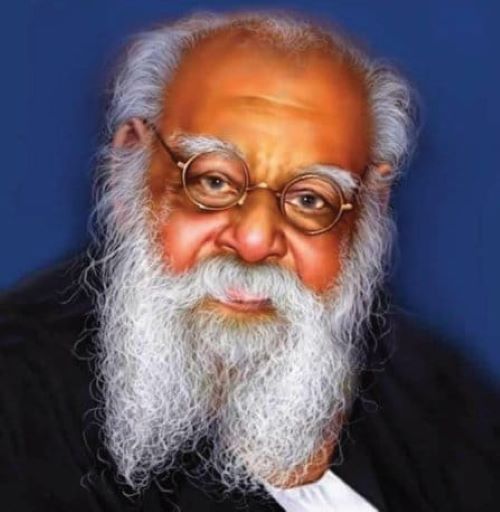
Upon the British transfer of power to Congress leaders, Thanthai Periyar_ E.V. Ramaswamy championed the idea of declaring Madras Presidency as an independent nation, anticipating linguistic and cultural hegemony by the descendants of the Kosala kingdom, ultimately resulting in the imposition of Hindi. Indian leaders should reflect on the creation of Bangladesh as a poignant example of how linguistic oppression can fuel aspirations for self-rule. The discord between East and West Pakistan, exacerbated by the imposition of Urdu on Bengalis by political leaders in West Pakistan, serves as a stark reminder. This failed attempt in East Pakistan is bound to meet a similar fate in Southern India.
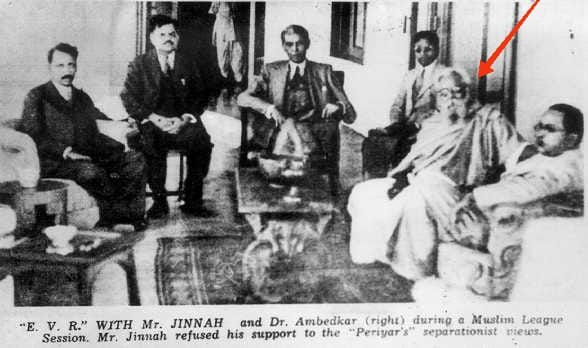
The term “India”, denoting a geographic expanse beyond the river Sindh, was primarily used by external entities.
Bangladesh, a nation where linguistic identity transcends religious ties, proposed the establishment of an international day for mother languages in 1999. This proposal garnered approval from UNESCO, leading to the official observance of International Mother Language Day on February 21st annually, starting from the year 2000. Therefore, on this occasion, allow me to illuminate some of the Indo-Aryan languages, which exhibit grammatical characteristics inherently Dravidian in nature.
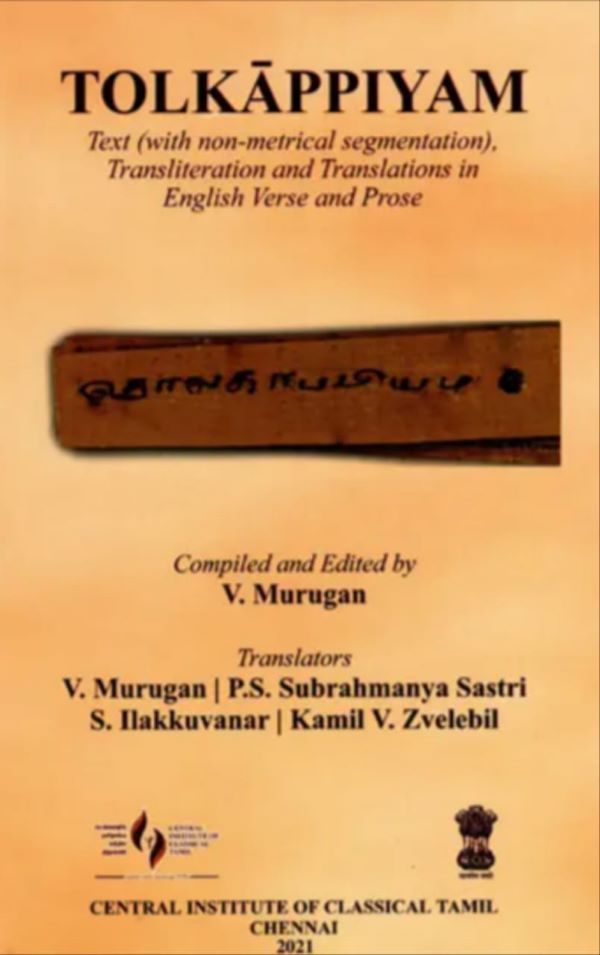
Tholkappiar, who lived around 5320 BC, authored a comprehensive grammar book for the Tamil language, divided into three volumes. The first volume, titled ‘Alphabets’, delves into phonology, covering sound, letter, and phoneme, along with aspects of word formation and conjunction. The second volume explores ‘Words’, encompassing etymology, morphology, semantics, and syntax. The third volume addresses the ‘Subject Matter’, focusing on the prosody (யாப்பு – yappu) and rhetoric (அணி – ani) of Proto Tamil. This seminal work, known as the “Tholkappiam” (refer to the 4th image), underwent several revisions over time by various Tamil scholars affiliated with the Tamil Syndicate, commonly referred to as the ‘Tamil Sangam’, an authoritative body responsible for validating literary productions.

Francis Whyte Ellis, holds the distinction of being the first person to identify a distinct language branch apart from the Indo-European languages. In 1816, he posited that Tamil, Telugu, Kannada, Malayalam, Tulu, and Kodava shared a common ancestor that diverged from the Indo-European lineage¹ ². Ellis supported his assertion by meticulously comparing non-Sanskrit vocabulary across Telugu, Kannada, and Tamil, while also highlighting shared grammatical structures among them.
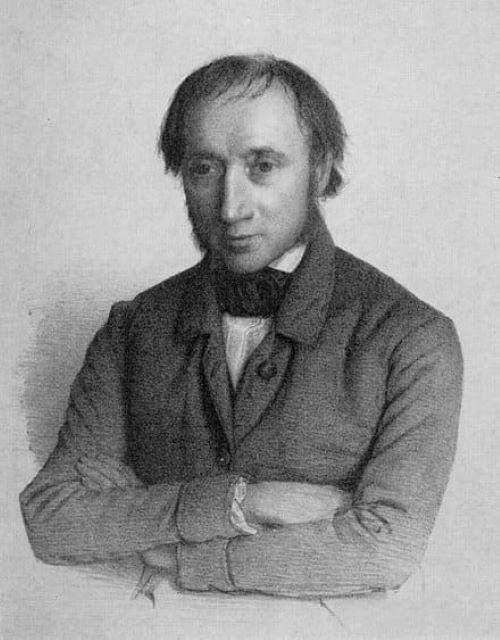
Subsequently, in 1844, Christian Lassen discovered a linguistic connection between Brahui and the aforementioned South Indian languages³. Building upon these findings, Bp Dr. Robert Caldwell, published his seminal work, “Comparative Grammar of the Dravidian or South-Indian Family of Languages”⁴ in 1856. Caldwell’s comprehensive study significantly expanded the Dravidian linguistic framework, firmly establishing it as one of the world’s major language groups⁵. Notably, European languages such as Basque were also accommodated within the Dravidian umbrella.
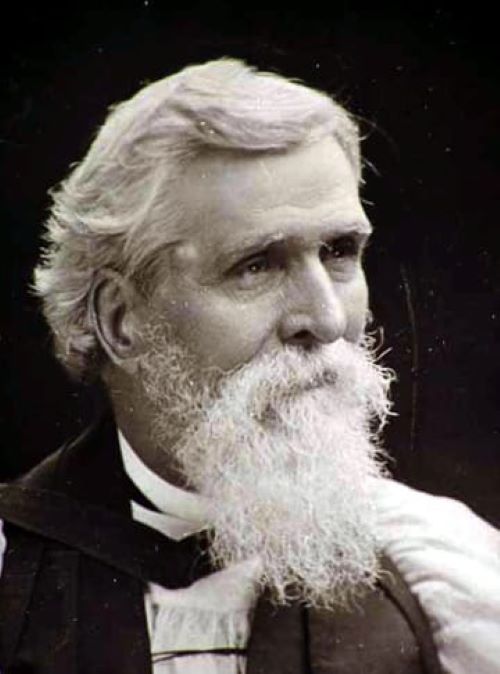
I urge all linguistic communities to embrace their mother tongue with pride, regardless of the size of your linguistic group
The Dravidian grammatical influence, such as clusivity (a grammatical distinction between inclusive and exclusive first-person pronouns and verbal morphology, denoting inclusive “we” and exclusive “we”), observed in Indo-Aryan languages like Marathi, Gujarati, Marwari, and Sindhi, suggests that Dravidian languages were once more prevalent across the Indian subcontinent before the diffusion of Indo-Aryan languages⁶ ⁷ ⁸. To provide a more nuanced perspective, one could infer that Marathi, Gujarati, Marwari, and Sindhi exhibit Dravidian linguistic traits, albeit with significant lexical borrowing from Aryan languages.
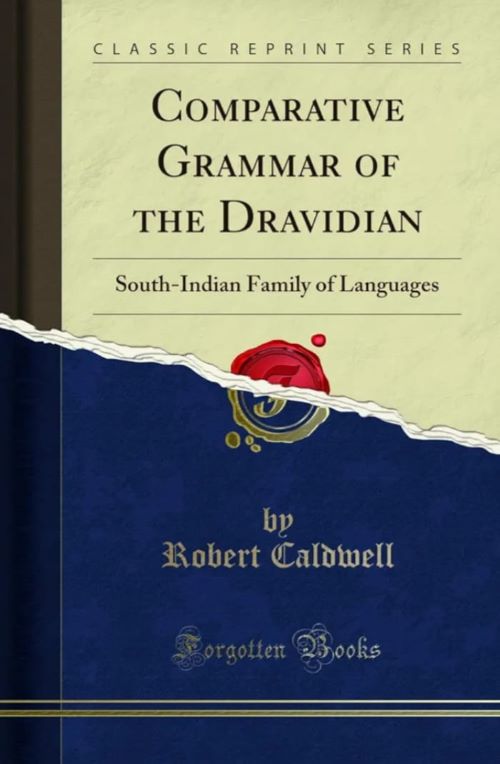
Acknowledging this grammatical kinship, I extend sincere wishes to everyone on International Mother Language Day. On this significant occasion, I urge all linguistic communities to embrace their mother tongue with pride, regardless of the size of your linguistic group. I implore you to develop a unique script for writing your language and to enhance your literary tradition by fostering writing proficiency within your community. Additionally, I encourage the translation of literature from other languages to enrich your own literary landscape.
References
1 – Ellis, Francis Whyte (1816), “Note to the Introduction”, A Grammar of the Teloogoo Language, commonly termed the Gentoo, peculiar to the Hindoos inhabiting the northeastern provinces of the Indian peninsula, by Campbell, A. D., Madras: College Press, pp. 7–12, 23–31
2 – Sreekumar, P. (2009), “Francis Whyte Ellis and the Beginning of Comparative Dravidian Linguistics”, Historiographia Linguistica, 36 (1): 75–95, pp. 75, 90.
- – Zvelebil, Kamil (1990), Dravidian Linguistics: An Introduction, Pondicherry Institute of Linguistics and Culture, p. xix., ISBN 978-81-8545-201-2
4 – Caldwell, Robert (1856), A comparative grammar of the Dravidian, or, South-Indian family of languages, London: Harrison, OCLC 20216805
5 – Zvelebil, Kamil (1990), Dravidian Linguistics: An Introduction, Pondicherry Institute of Linguistics and Culture, p. xxiii., ISBN 978-81-8545-201-2.
6 – Erdosy, George, ed. (1995), The Indo-Aryans of Ancient South Asia: Language, Material Culture and Ethnicity, Berlin/New York: Walter de Gruyter, p. 271, ISBN 3-11-014447-6,
7 – Edwin Bryant, Laurie L. Patton (2005), The Indo-Aryan controversy: evidence and inference in Indian history, p. 254
8 – Steven Roger Fischer (3 October 2004). History of Language. Reaktion books. ISBN 9781861895943. Archived from the original on 9 April 2023. Retrieved 10 November 2020. It is generally accepted that Dravidian – with no identifiable cognates among the world’s languages – was India’s most widely distributed, indigenous language family when Indo-European speakers first intruded from the north-west 3,000 years ago
_______________
Published under International Cooperation with "Sindh Courier"

Comments